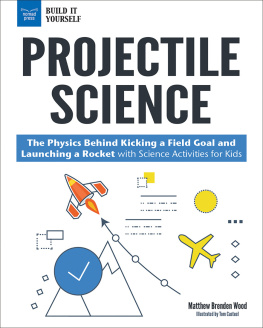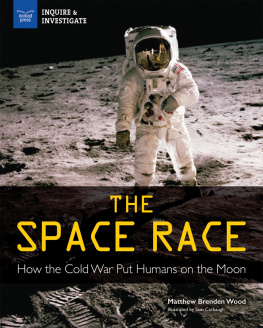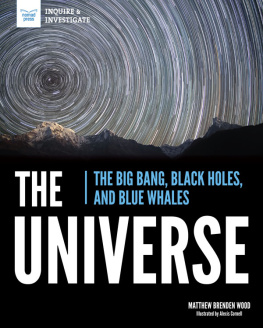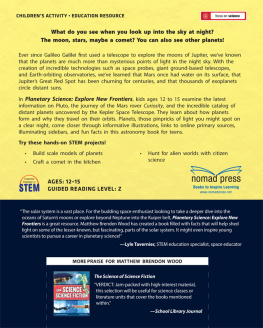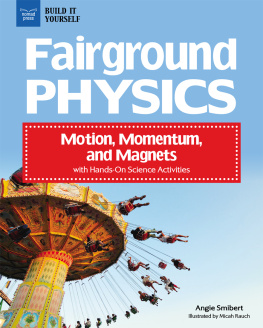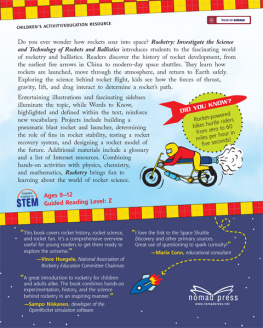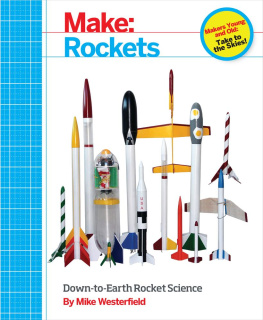
Titles in the Technology Today book set

Check out more titles at www.nomadpress.net
Nomad Press
A division of Nomad Communications
10 9 8 7 6 5 4 3 2 1
Copyright 2018 by Nomad Press. All rights reserved.
No part of this book may be reproduced in any form without permission in writing from
the publisher, except by a reviewer who may quote brief passages in a review or for limited educational use .
The trademark Nomad Press and the Nomad Press logo are trademarks of Nomad Communications, Inc.
Educational Consultant, Marla Conn
Questions regarding the ordering of this book should be addressed to
Nomad Press
2456 Christian St.
White River Junction, VT 05001
www.nomadpress.net
Printed in Canada.
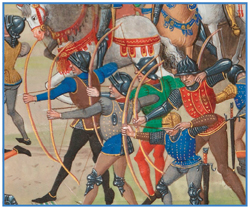

| 1304 CE: King Edward of England uses a giant trebuchet known as the Wolf of War to help conquer Stirling Castle in Scotland. 1337 CE: The English longbow is used in the Hundred Years War between England and France. 1346 CE: The Mongol army uses catapults to infect the city of Caffa with bubonic plague. 1415 CE: At the Battle of Agincourt, English forces use longbows to defeat a French army nearly 10 times larger. 1520 CE: Gun barrels are first made with spiral grooves that spin projectiles, called rifles. 1638 CE: Galileo Galilei shows that the motion of a projectile is a curved path called a parabola. |
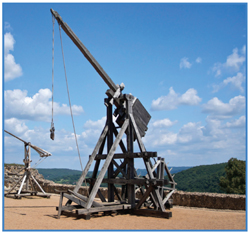

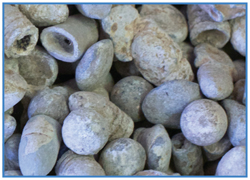
| 1812 CE: The British Navy uses rockets to attack Fort McHenry, inspiring Francis Scott Key to write the words the rockets red glare. 1846 CE: Isaac Newtons law of universal gravitation is used to discover the planet Neptune. 1849 CE: Claude-Etienne Mini invents the modern, streamlined bullet. c. 1850 CE: The first slingshots using rubber are made. 1853 CE: German physicist H.G. Magnus describes how spinning objects curve in flight. c. 1853 CE: Scottish physicist William Rankine coins the term potential energy. October 7, 1867: William Arthur Candy Cummings throws the first curveball in a baseball game. 1905: Pitcher Eddie Cicotte earns the nickname knuckles for the strange grip he uses for a pitch that seems to zig and zag on its way to the plate. September 5, 1906: Bradbury Robinson throws the first spiral pass in American football. |

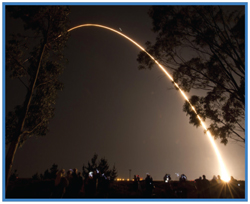

| March 16, 1926: The first liquid-fueled rocket is launched by Robert Goddard. September 8, 1944: The first V2 rocket attack happens on London, England. 1953: The Wiffle ball is invented. 1959: Engineer and physicist Lyman Briggs proves that a curveball really curves. October 4, 1957: Sputnik becomes the worlds first artificial satellite. February 9, 1959: The Soviet Unions R-7 becomes the worlds first operational intercontinental ballistic missile (ICBM). April 12, 1961: Cosmonaut Yuri Gagarin, riding on top of a Soviet R-7 ICBM, becomes the first human in space. May 5, 1961: Alan Shepard becomes the first American in space. 1966: Hollis Wilbur Allen builds the first compound bow. November 9, 1967: The first launch of the Saturn V, the rocket that took humans to the moon. |


| September 8, 1974: Daredevil Robert Evel Knievel jumps across the Snake River Canyon in his custom-built Skycycle X-2. June 2, 1987: Joey Meyer of the Denver Zephyrs hits a 582-foot home run, probably the longest home run in baseball history. 2009: The game Angry Birds uses projectile science to enterain humans for hours. 2010: The U.S. Navy fires the fastest projectile ever, traveling at more than 8,000 feet per second. 2011: Chucky III sets the world record for catapult distance, flinging a pumpkin 3,636 feet. December 8, 2013: Matt Prater of the Denver Broncos kicks the longest field goal in NFL history64 yards! |


Down by a point with only seconds left in the game, you square up your shoulders to take the final shot. Over the outstretched hands of the defender, you release the basketball and watch as it soars through the air into the hoop with a swoosh. The buzzer sounds and the crowd cheersyouve won the game!
You might think that nailing a three-pointer is just luck. There are many forces at work, however, that determine if youve made a game-winning shot or the final out.
If youve ever thrown a ball, launched a model rocket, or even played video games, youve explored the amazing world of ballistics . Ballistics is the study of projectiles and of projectile motion or how objects such as bullets and baseballs move. The study of projectile science can involve something as simple as tossing a soda can into a recycling bin from across the room or as complicated as sending a rocket into outer space. If it can be launched, thrown, fired, or flung, its a projectile!
ESSENTIAL QUESTION
Why did ancient humans develop methods of sending projectiles farther, faster? How did this ability make life better?
WORDS TO KNOW
force: a push or pull applied to an object.
ballistics: the science that studies the movement of objects that are shot through the air.
projectile: an object that is thrown or launched and does not move by its own power.
projectile motion: the path that a projectile takes as it travels.
projectile science: the study of how projectiles move.
buoyancy: the force that makes something able to float, either in the air or in the water.
prehistoric: having to do with ancient times, before written human records.
Next page
